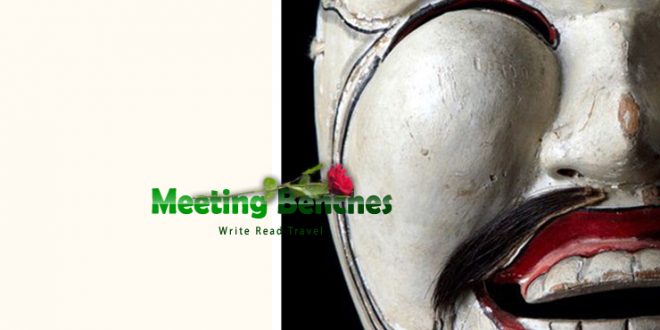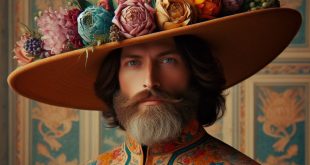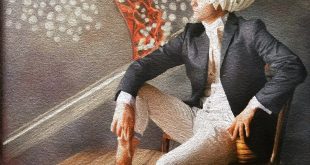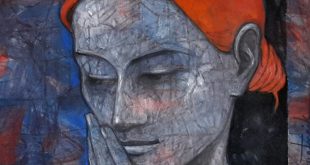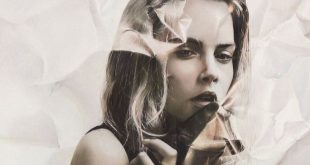Smile, it is cool, but doing it creatively is better
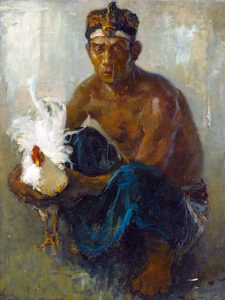
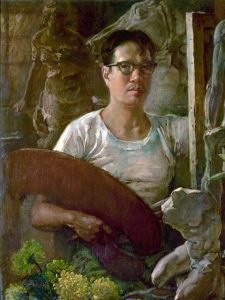 Our journey into Indonesian creativity begins with a painter. Even in Indonesia, in fact, there are painters who paint the sun in an essential way, representing it with a yellow spot. We like to introduce one of the painters born in this “Land of the Gods”, a man who has the ability to transform all his veiled transparencies of yellow into as many suns. From the age of 16, he learned the techniques of oil painting and his first oil painting of 1929 showed an aptitude for perspective. The work of Lee Man Fong http://www.artnet.com/artists/lee-man-fong/, an Indonesian painter of Chinese descent, fuses Chinese ink painting with 17th-century Dutch paintings. His elegant representations of the Balinese people focused on capturing subjects of him during their work and as they engaged in cultural traditions. Even in advertising, he never gave up on his artistic research. In 1961, he became a consultant to the Indonesian presidential palace, restored, and cataloged its collections.
Our journey into Indonesian creativity begins with a painter. Even in Indonesia, in fact, there are painters who paint the sun in an essential way, representing it with a yellow spot. We like to introduce one of the painters born in this “Land of the Gods”, a man who has the ability to transform all his veiled transparencies of yellow into as many suns. From the age of 16, he learned the techniques of oil painting and his first oil painting of 1929 showed an aptitude for perspective. The work of Lee Man Fong http://www.artnet.com/artists/lee-man-fong/, an Indonesian painter of Chinese descent, fuses Chinese ink painting with 17th-century Dutch paintings. His elegant representations of the Balinese people focused on capturing subjects of him during their work and as they engaged in cultural traditions. Even in advertising, he never gave up on his artistic research. In 1961, he became a consultant to the Indonesian presidential palace, restored, and cataloged its collections.
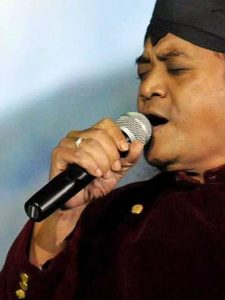
 With the second stage in Indonesian creative expression, we look at music and its lyrics. He is a songwriter who speaks with emotions. From his point of view, real music is what helps you cry. Precisely with that intention, he sings to you what you cannot say, but that a piece of his music expresses more than well. By telling stories, he was the first to connect how a broken heart hurts. The Ambyar generation is relate to this famous Indonesian singer. He has written nearly 700 songs in his native Javanese language. His musical lyrics were writ in Javanese. More than using a style, Didi Kempot https://www.youtube.com/watch?v=Xo9egupmgoE expressed himself musically in a mixture of essences ranging from pop to dangdut. Most of her songs dealt with the themes of broken hearts and unhappy love affairs. Dangdut’s image has changed from village music to contemporary music that can be enjoy by anyone.
With the second stage in Indonesian creative expression, we look at music and its lyrics. He is a songwriter who speaks with emotions. From his point of view, real music is what helps you cry. Precisely with that intention, he sings to you what you cannot say, but that a piece of his music expresses more than well. By telling stories, he was the first to connect how a broken heart hurts. The Ambyar generation is relate to this famous Indonesian singer. He has written nearly 700 songs in his native Javanese language. His musical lyrics were writ in Javanese. More than using a style, Didi Kempot https://www.youtube.com/watch?v=Xo9egupmgoE expressed himself musically in a mixture of essences ranging from pop to dangdut. Most of her songs dealt with the themes of broken hearts and unhappy love affairs. Dangdut’s image has changed from village music to contemporary music that can be enjoy by anyone.
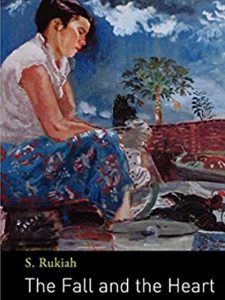
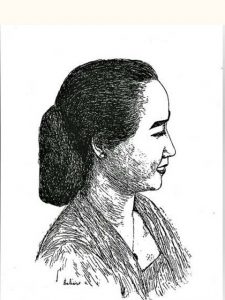 The third window on Indonesian creativity is on personal enrichment, on the possibility that a poem can turn into a tender demonstration of love. As a writer, she thinks where feelings begin, exactly where human weaknesses end. In her novels, emotions are like vital branches, her thoughts are the leaves, and it is among her words that you find the fruits of her expressive originality. Although her name is mention in Indonesian textbooks, few people access her works. Writing was a means of expressing the concern of the younger generation during the first years of Indonesian independence. Although she normally went to men, in 1953 she was a woman who won the most prestigious literary prize in Indonesia of that time. Siti Rukiah https://www.bbc.com/indonesia/indonesia-46224526 won for Tandus (Drought), a collection of poems and short stories. In 1959, she was a member of the Lekra Central Executive, which helped her career in the world of writing.
The third window on Indonesian creativity is on personal enrichment, on the possibility that a poem can turn into a tender demonstration of love. As a writer, she thinks where feelings begin, exactly where human weaknesses end. In her novels, emotions are like vital branches, her thoughts are the leaves, and it is among her words that you find the fruits of her expressive originality. Although her name is mention in Indonesian textbooks, few people access her works. Writing was a means of expressing the concern of the younger generation during the first years of Indonesian independence. Although she normally went to men, in 1953 she was a woman who won the most prestigious literary prize in Indonesia of that time. Siti Rukiah https://www.bbc.com/indonesia/indonesia-46224526 won for Tandus (Drought), a collection of poems and short stories. In 1959, she was a member of the Lekra Central Executive, which helped her career in the world of writing.
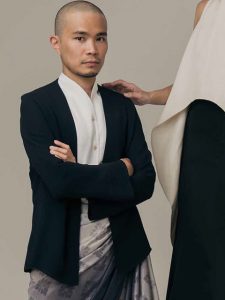
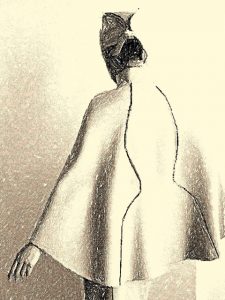 The fourth moment we are about to discover is wrapped in the art of change by a very special Indonesian fashion designer. To him, clothes mean nothing if they do not have good seams, flawless edges and invisible trims. To live to their fullest, his clients is cloak in the sumptuousness of the fabrics. From his point of view, in addition to designing and putting together fabrics, tailoring must be a constantly trained skill. It started appearing around the 1980s. Islamic fashion derives from the need to cover certain parts of the female body and harmoniously molds religiosity and fashion, encouraging one to be modest and pleasantly elegant. He has clients of many nationalities. His Kraton woman is intelligent, art loving and no-nonsense. Auguste Soesastro https://www.jakartafashionweek.co.id/designer-profile/17/auguste-soesastro dresses have essential lines, sumptuous fabrics and shapes inspired by Indonesia. He is torment by the need to build the model, reduce the seams and simplify the drawing. The finishes need to understand the value of the seams and edges.
The fourth moment we are about to discover is wrapped in the art of change by a very special Indonesian fashion designer. To him, clothes mean nothing if they do not have good seams, flawless edges and invisible trims. To live to their fullest, his clients is cloak in the sumptuousness of the fabrics. From his point of view, in addition to designing and putting together fabrics, tailoring must be a constantly trained skill. It started appearing around the 1980s. Islamic fashion derives from the need to cover certain parts of the female body and harmoniously molds religiosity and fashion, encouraging one to be modest and pleasantly elegant. He has clients of many nationalities. His Kraton woman is intelligent, art loving and no-nonsense. Auguste Soesastro https://www.jakartafashionweek.co.id/designer-profile/17/auguste-soesastro dresses have essential lines, sumptuous fabrics and shapes inspired by Indonesia. He is torment by the need to build the model, reduce the seams and simplify the drawing. The finishes need to understand the value of the seams and edges.
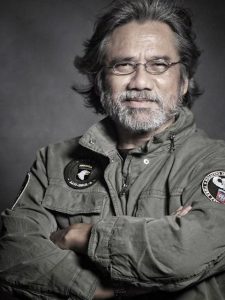
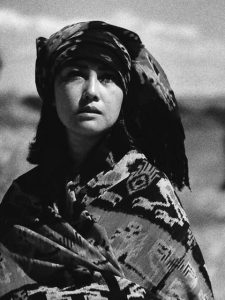 Let us now observe how an Indonesian photographer conceives the correct use of his work tools. More than taking pictures, he creates them using eyes, head and heart. In fact, his camera must refine itself to perceive the non-visible, identify the thoughts of those he portrays and seek the rawest spontaneity. His journey into photographic expressiveness is know for being able to show something different. In Kohn, Germany, in 1990 he presented a slide of his at the Photo Kina International Competition. He showed his work in an international magazine in 1990, but his interest in photography dates back to 1979. Photographer Andreas Darwis Triadi http://www.darwistriadischoolofphotography.com/ was born in Solo on an October day in 1954. An international magazine showed his work as well, a European lighting company chose it for their 1997 calendar.
Let us now observe how an Indonesian photographer conceives the correct use of his work tools. More than taking pictures, he creates them using eyes, head and heart. In fact, his camera must refine itself to perceive the non-visible, identify the thoughts of those he portrays and seek the rawest spontaneity. His journey into photographic expressiveness is know for being able to show something different. In Kohn, Germany, in 1990 he presented a slide of his at the Photo Kina International Competition. He showed his work in an international magazine in 1990, but his interest in photography dates back to 1979. Photographer Andreas Darwis Triadi http://www.darwistriadischoolofphotography.com/ was born in Solo on an October day in 1954. An international magazine showed his work as well, a European lighting company chose it for their 1997 calendar.
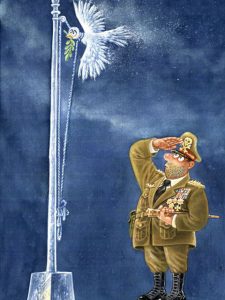
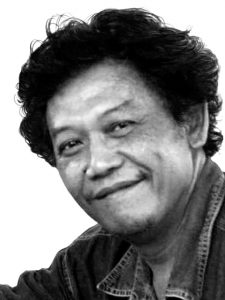 The sixth and last meeting with some Indonesian artists is with a man who through lines and colors illustrates life in an original way. Looking at one of his cartoons – no matter which one – you will discover that he invites you to reflect: even a missile can become something to eat for those who are hungry. He is the creator of the Indonesian Gold Pencil Foundation and actively participates in international comic exhibitions and competitions. As a young man with no future ahead of him, Jitet Kustana https://www.irancartoon.com/site/artists/jitet-kustana had no perception of what he would do when he grew up. This father of four born in 1967 in Semarange (where he still lives), is a well-known cartoonist in Indonesia. He does not take his job for granted. He believes that any artist has a duty to find his own individual style. The job of a good cartoonist is to choose a theme and use his art.
The sixth and last meeting with some Indonesian artists is with a man who through lines and colors illustrates life in an original way. Looking at one of his cartoons – no matter which one – you will discover that he invites you to reflect: even a missile can become something to eat for those who are hungry. He is the creator of the Indonesian Gold Pencil Foundation and actively participates in international comic exhibitions and competitions. As a young man with no future ahead of him, Jitet Kustana https://www.irancartoon.com/site/artists/jitet-kustana had no perception of what he would do when he grew up. This father of four born in 1967 in Semarange (where he still lives), is a well-known cartoonist in Indonesia. He does not take his job for granted. He believes that any artist has a duty to find his own individual style. The job of a good cartoonist is to choose a theme and use his art.
The intellectual properties of the images that appear on this blog correspond to their authors. The only purpose of this site is to spread the knowledge of these creative people, allowing others to appreciate the works. If you want to know our author travel already published, you can type http://meetingbenches.com/category/author_travels/.
 Meeting Benches World art in all forms
Meeting Benches World art in all forms
